Freshwater Vs Saltwater Aquariums
So you’ve decided to take the plunge and purchase your first aquarium. Congratulations on picking a great hobby that serves as an outlet for your creativity, but can also help lower your stress, and teach you new things! One of the most fundamental questions to answer when embarking on your journey as an aquarist is, “Freshwater or Saltwater?” In this article, we’ll look at the various pros and cons of each to help you decide which way you’d like to go.
Difficulty
The difference in difficulty between a freshwater and saltwater aquarium is usually the first question that we as aquarium professions get asked when someone is considering starting their first tank. Prospective aquarists often come in with the preconceived notion that a saltwater aquarium is a massive leap in difficulty, suitable only for geniuses and marine biologists. In truth, the knowledge, skill, and effort required to keep a healthy freshwater aquarium isn’t so different than that required to keep a fish only marine system. Though, this goes out the window if you’re considering coral, which can be a significant rabbit hole.
The key to success in both freshwater and saltwater is maintaining clean and correct water conditions. If you can achieve this goal, almost everything else will fall into place. Without getting too deep in the weeds, the best way to accomplish this is through proper filtration, stocking practices, and water changes.
Filtration
Saltwater and freshwater aquariums generally take slightly different approaches to filtration. While biological filtration is very important to both, freshwater aquariums tend to focus more on mechanical sponge filtration, while saltwater aquariums rely on a piece of equipment called a protein skimmer. Mechanical filtration is very easy to understand. You simply pass water through a sponge which collects the solid wastes produced by your fish. This can be achieved through a simple bubbler powered sponge filter, a HOB (Hang On Back) style powered filter, or a cannister filter. The media needs removed and cleaned out regularly to prevent clogging, which can be done by simply squeezing out the sponge filters in a bucket of used tank water.
Saltwater aquariums do make use of mechanical filtration, but the primary means of waste removal is the protein skimmer. The protein skimmer pulls aquarium water and air into a reaction chamber, creating millions of bubbles. The surface tension of the bubbles causes proteins and oils in the dissolved waste to stick to the bubble, which is then removed from the water column by bubbling into the collection cup at the top of the skimmer, which generally needs emptying and cleaning once or twice a week.
Overall, the effort required to maintain each system is similar (and similarly nasty), though a skimmer does require some research to know how to properly tune and operate, whereas a freshwater power filter is generally plug and play.
Stocking
Generally, best stocking practices between a freshwater and saltwater aquarium are going to be similar. One must consider compatibility, size, and number of inhabitants, and be willing to do the research to find this information. The “inch of fish per gallon” rule is often thrown around as a hard and fast guide, but this is mostly useless advice, and only works with very small fish. Unfortunately stocking a freshwater or a saltwater tank is more of an art than a science, with the only major consideration being that, on average, marine fish are larger than freshwater fish.
Water Changes
You may have heard the adage, “The solution to pollution is dilution.” This is the idea behind water changes. As waste builds up in the aquarium, it’s ultimately broken down to nitrate and phosphate, which fuels algae and can be detrimental to the health of your pets at extreme levels. The most popular way to combat this rise is with a water change, which involves removing a portion of dirty tank (usually around 15-20%) water and replacing it with clean water. In a freshwater aquarium, this can be as simple as siphoning out a few gallons, then dumping in dechlorinated temperature matched tap water from a bucket.
A marine aquarium water change, however, is a little more involved. It goes without saying that a saltwater aquarium requires salt water. This can be purchased from your local fish store ready-made and brought home in containers, or mixed at your home using special marine aquarium salt and water. If you prefer to mix your own water, you’ll need salt, a refractometer or other device to measure salinity, and purified reverse osmosis water which can be obtained by purchasing a RO/DI filter, or buying it at the local fish store. You also need to allow at least several hours for the salt water to mix and come to temperature before using.
Livestock
When it comes down to it, we’re maintaining our tanks and water for one thing, the fish and invertebrates that we bring into our homes as pets. This is one of the key areas where freshwater and saltwater aquariums diverge. In general, freshwater fish are more muted in color, and are less varied in shape and behavior. Of course, there are exceptions, but generally freshwater fish want to blend in with their environments, and only display pops of color. Saltwater fish, however, are almost always extremely saturated in color, and vary drastically in behaviors and habits.
Some aquarists, however, are more interested in breeding their fish than color. This is one area where freshwater blows saltwater away. Most species of commercially available freshwater fish have been captive bred for decades, and can be propagated by hobbyist breeders as well. With a few exceptions like cardinals and clown fish, hobbyist level breeding is generally impossible in saltwater, and has only recently been achieved by professional growout facilities.
Invertebrates are also a common addition to the home aquarium. In freshwater, there is a rainbow of cherry and other similar shrimp to choose from, snails, and crayfish. In saltwater, the options are nearly endless, with highly unique species of crabs, sea stars, large shrimps, snails, urchins, and many more.
Price
Though saltwater aquariums aren’t much more difficult than freshwater, and their livestock options are arguably more interesting, there’s no getting around the fact that saltwater is significantly more expensive. Most common freshwater fish cost less than $10, with the average closer to the $5 range. Saltwater fish, however, require extensive harvesting and transportation networks to get them from their reefs on the other side of the planet to your local fish store. As such, the prices for them generally begin at the $30, and can easily go into the hundreds. The equipment also tends to be much more expensive, with a decent skimmer running around double the price of popular power filters. The price can further balloon if you decide to try coral, with prices on lighting and water movement getting into the thousands of dollars.
Summary
Overall, saltwater and freshwater aquariums are not that different in difficulty, with saltwater requiring marginally more research and effort in order to be successful. However, if you love the color and variety available in marine fish, there’s simply no replacement in the freshwater world. Unfortunately, saltwater aquariums come with a steep cost of entry, making them a tough pill to swallow for casual aquarium fans, and potentially financially crippling for those of us on a budget. Ultimately, only you can decide which best fits your needs, but I hope you found this guide helpful in making your choice!





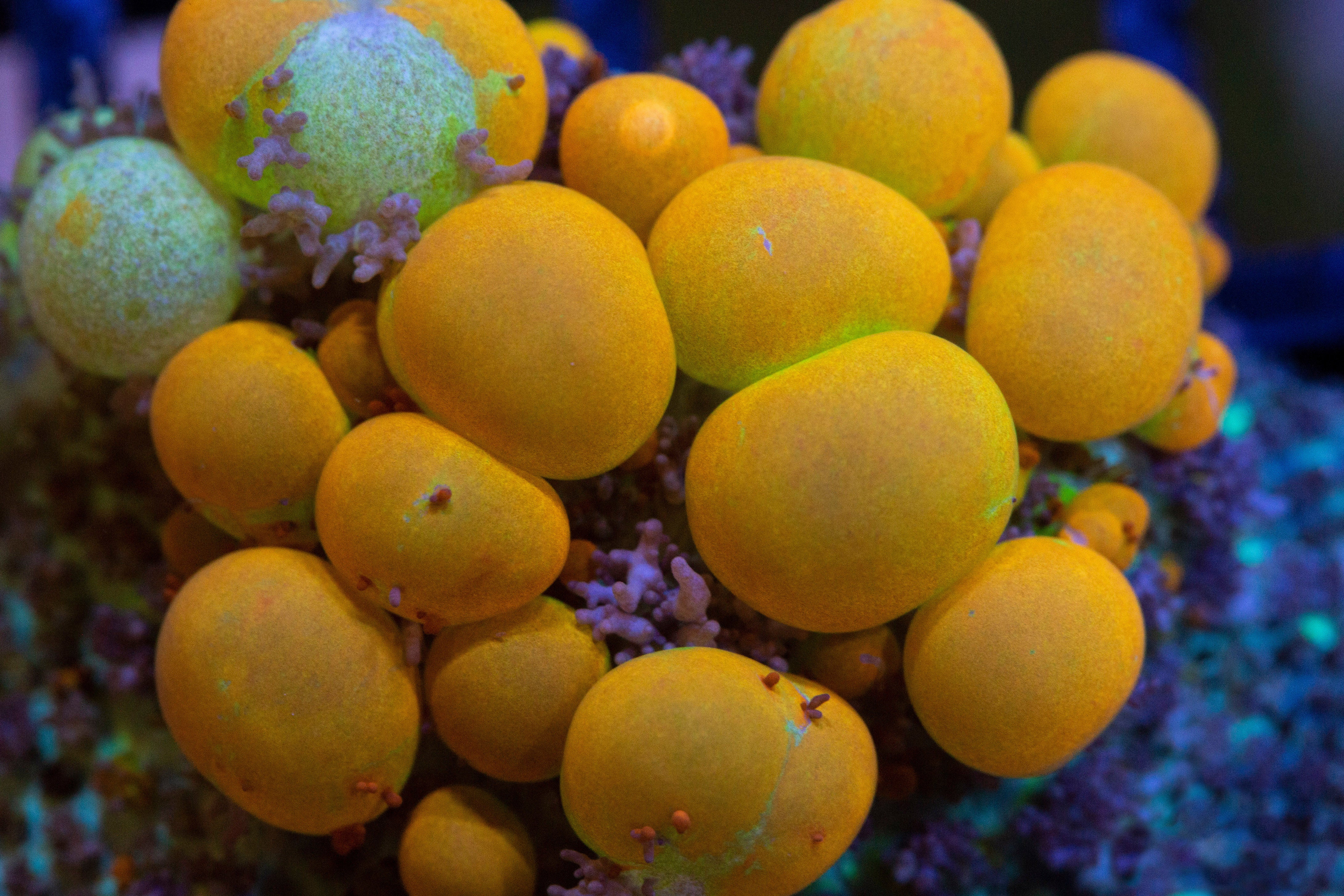
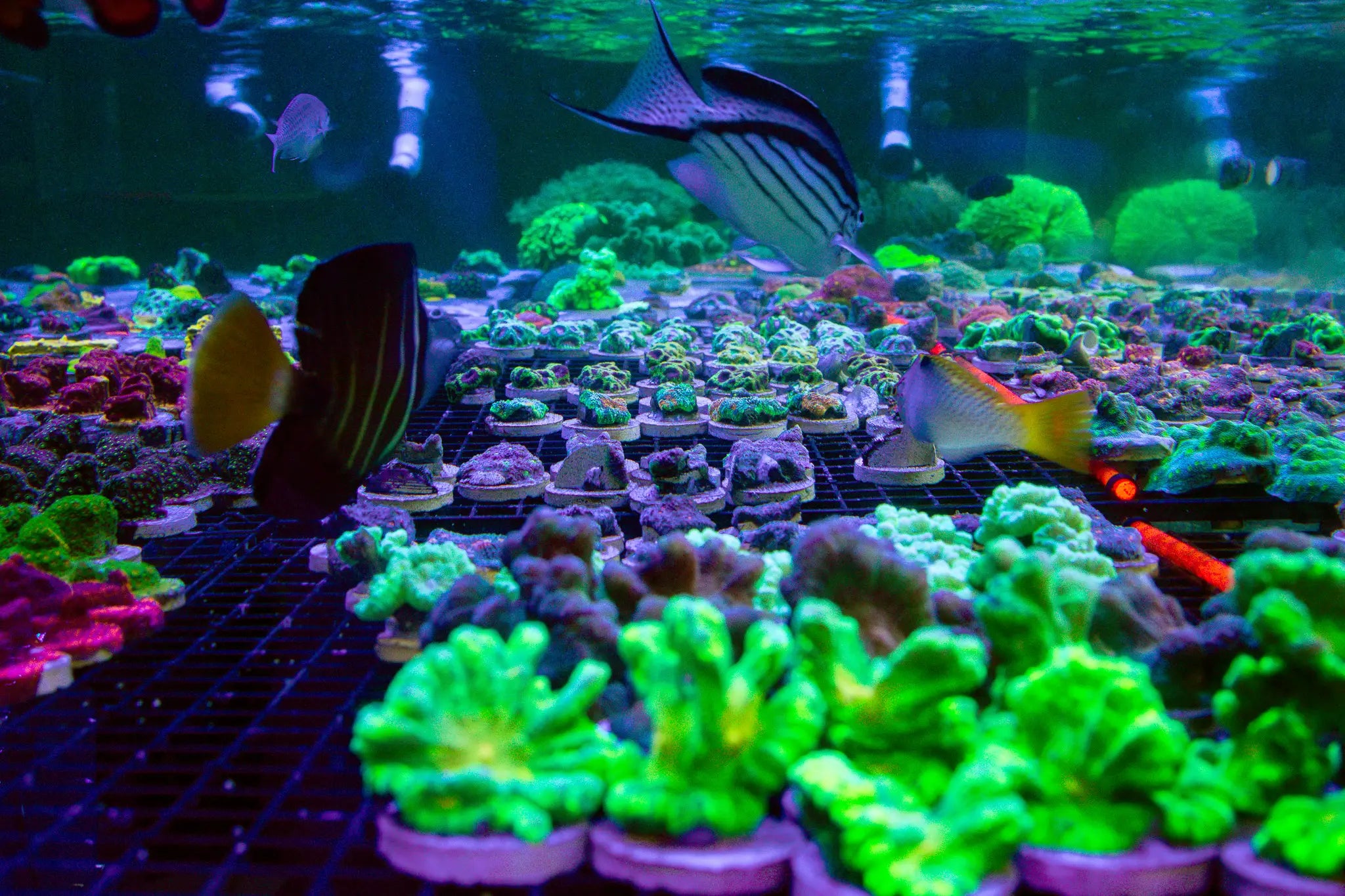
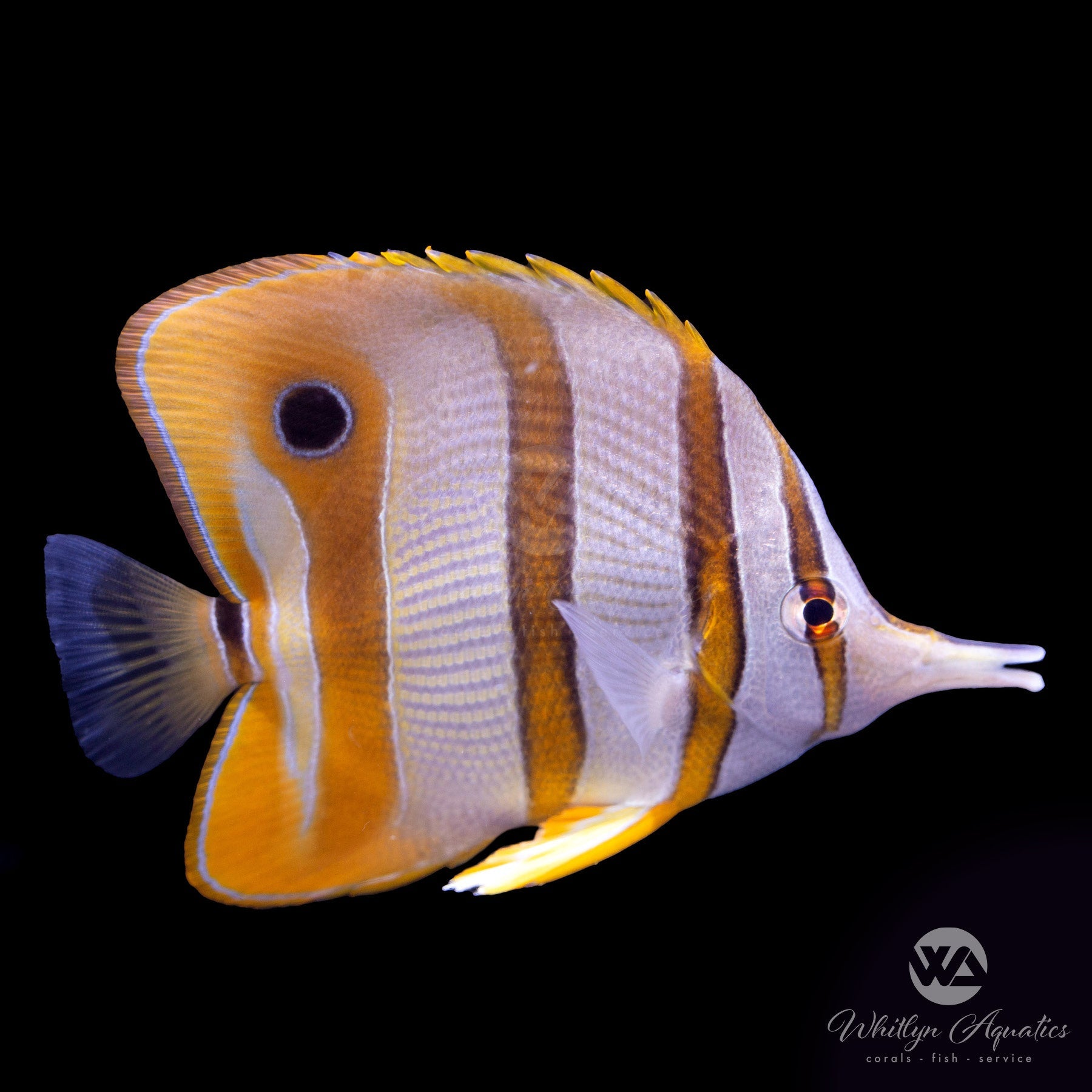
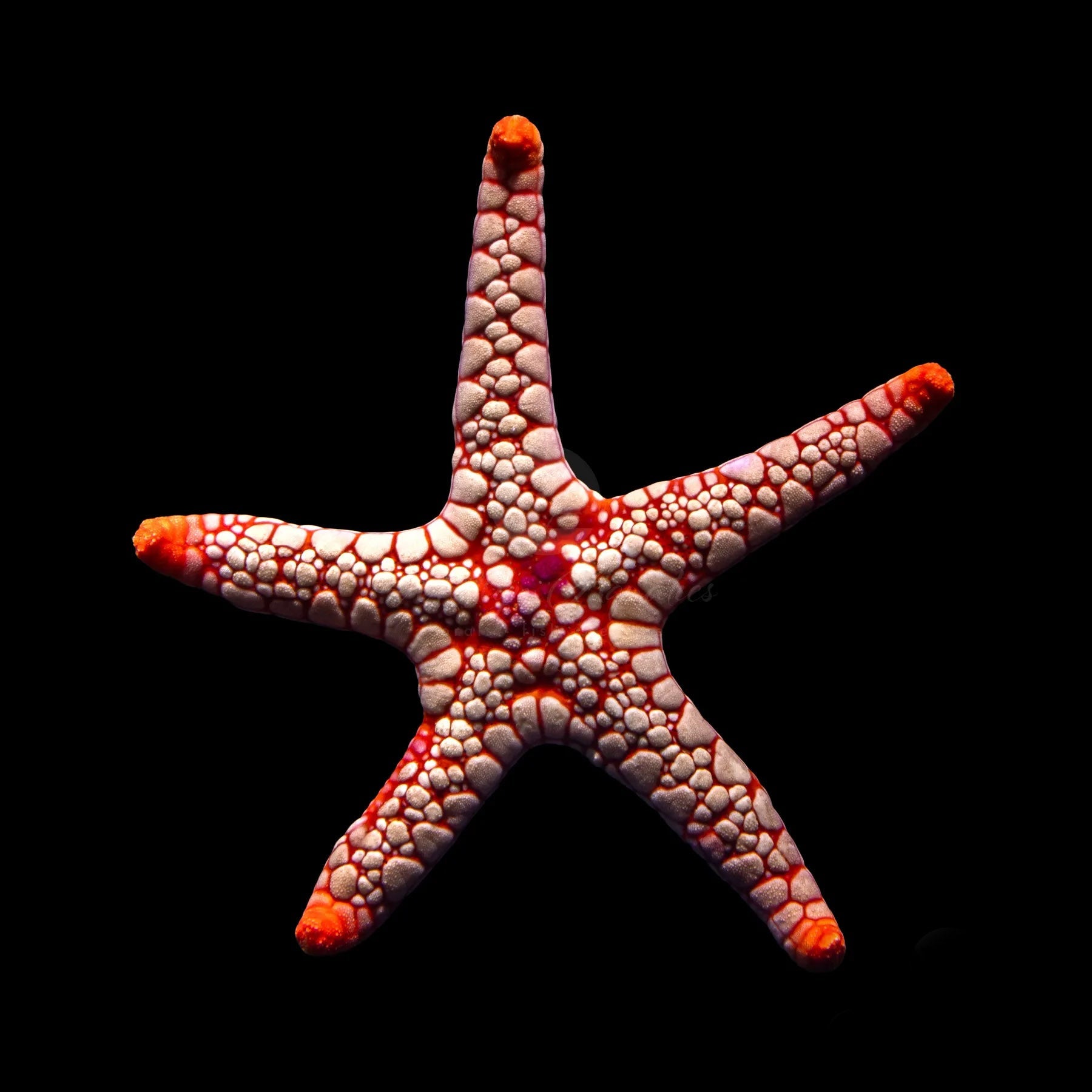
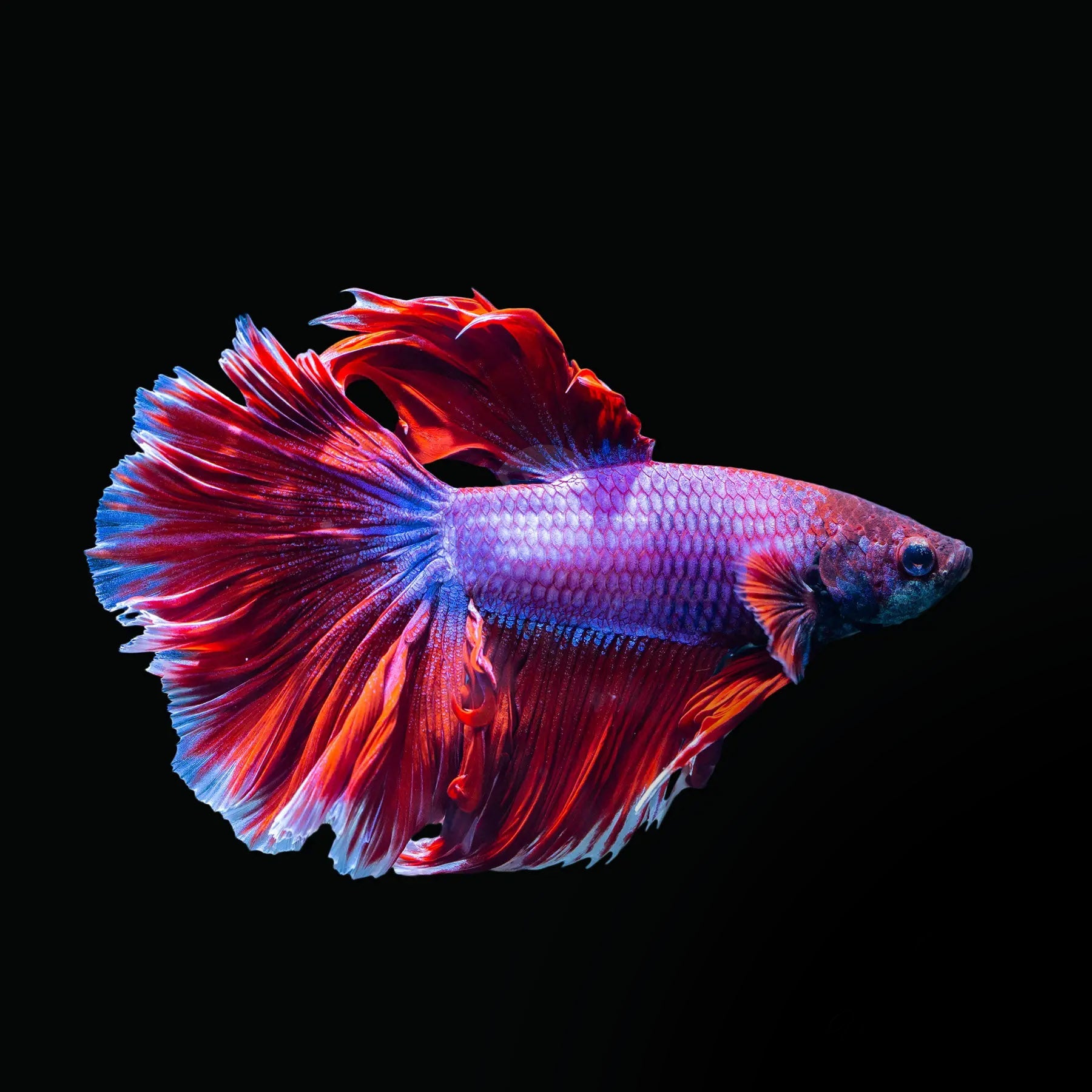
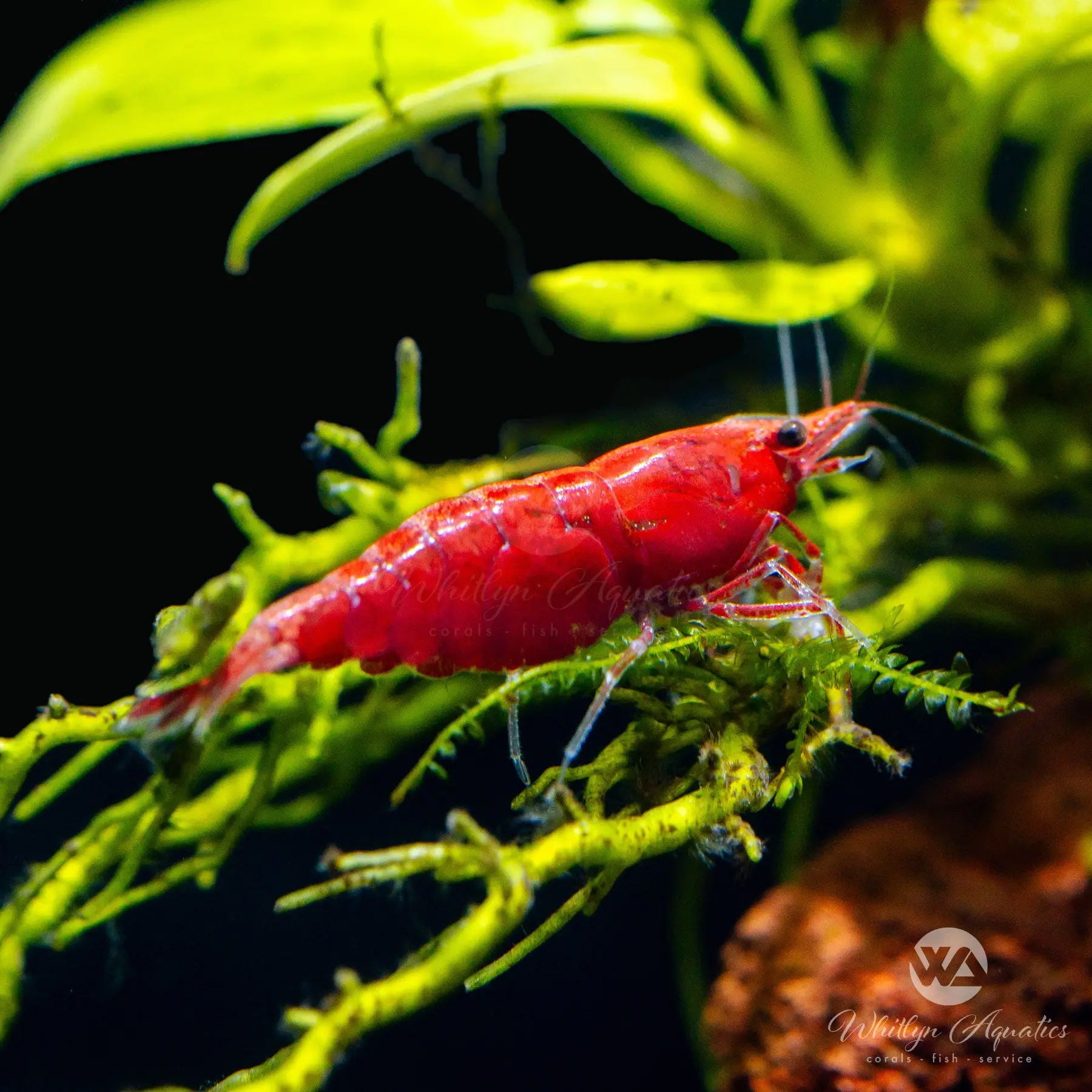
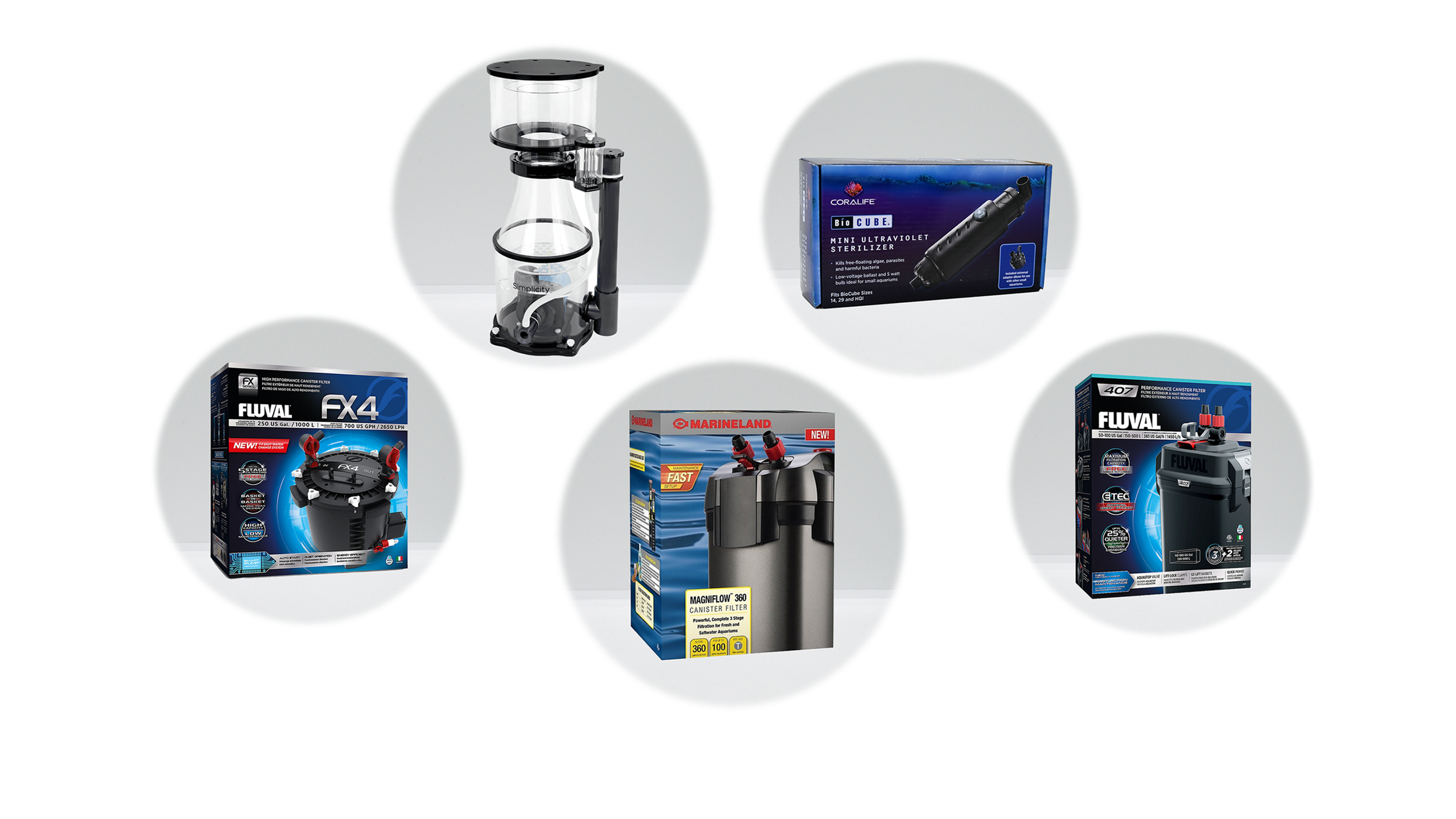
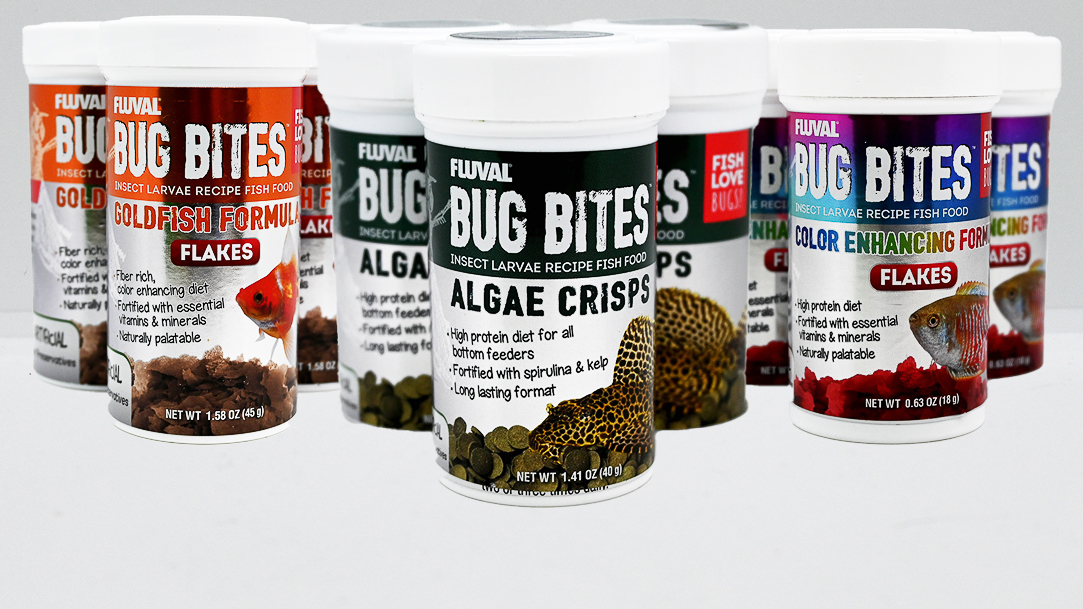
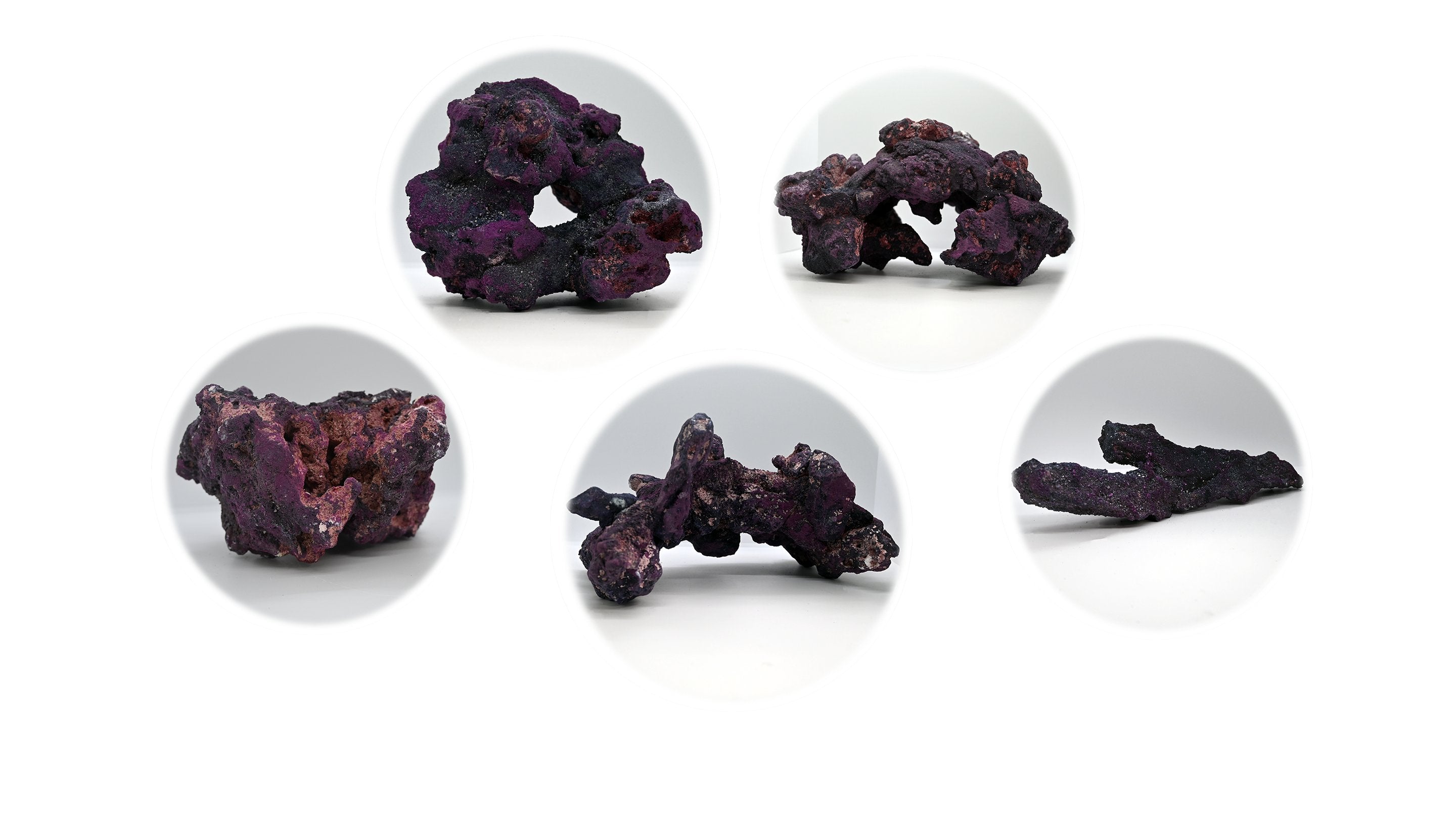
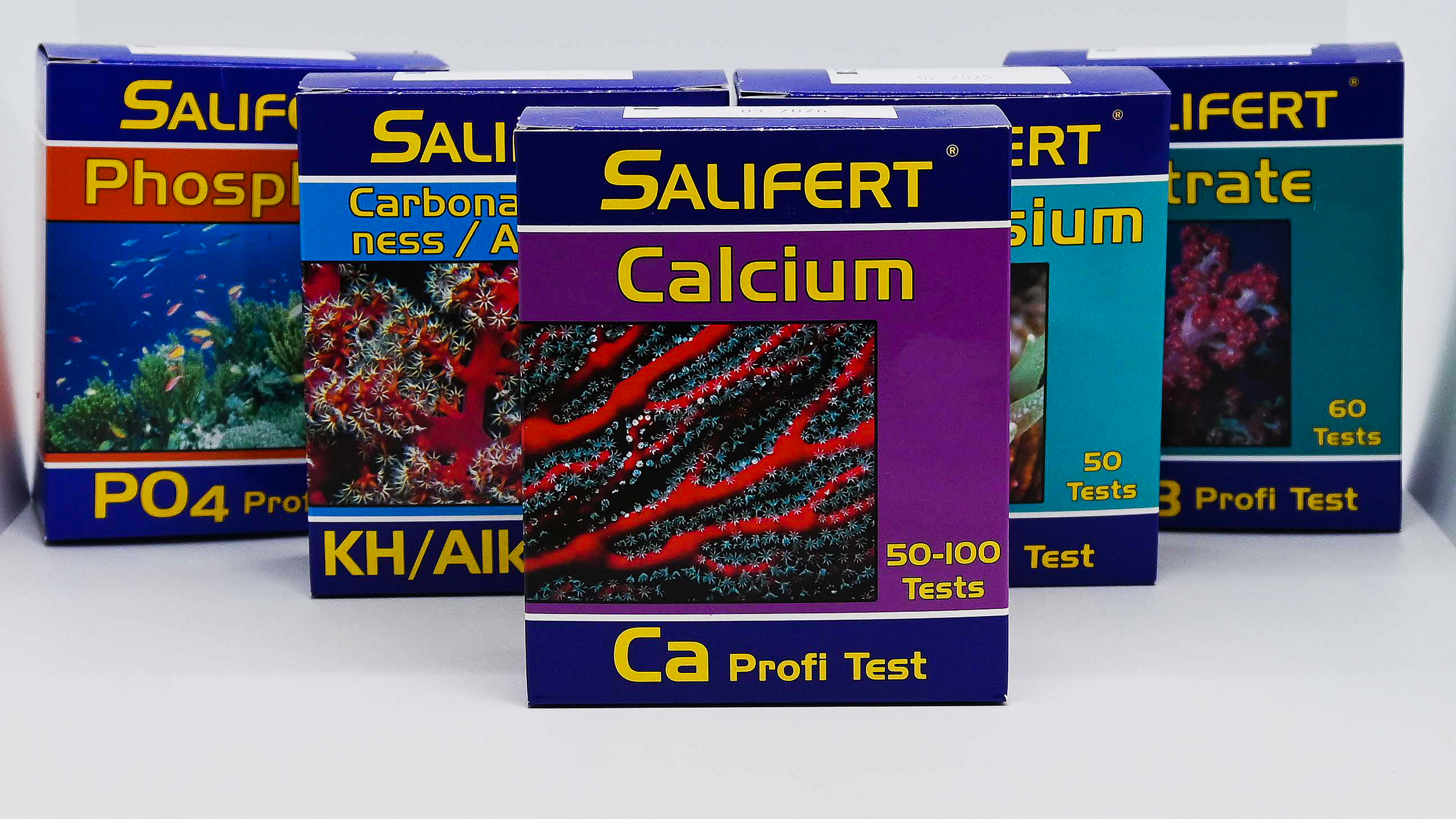
Leave a comment